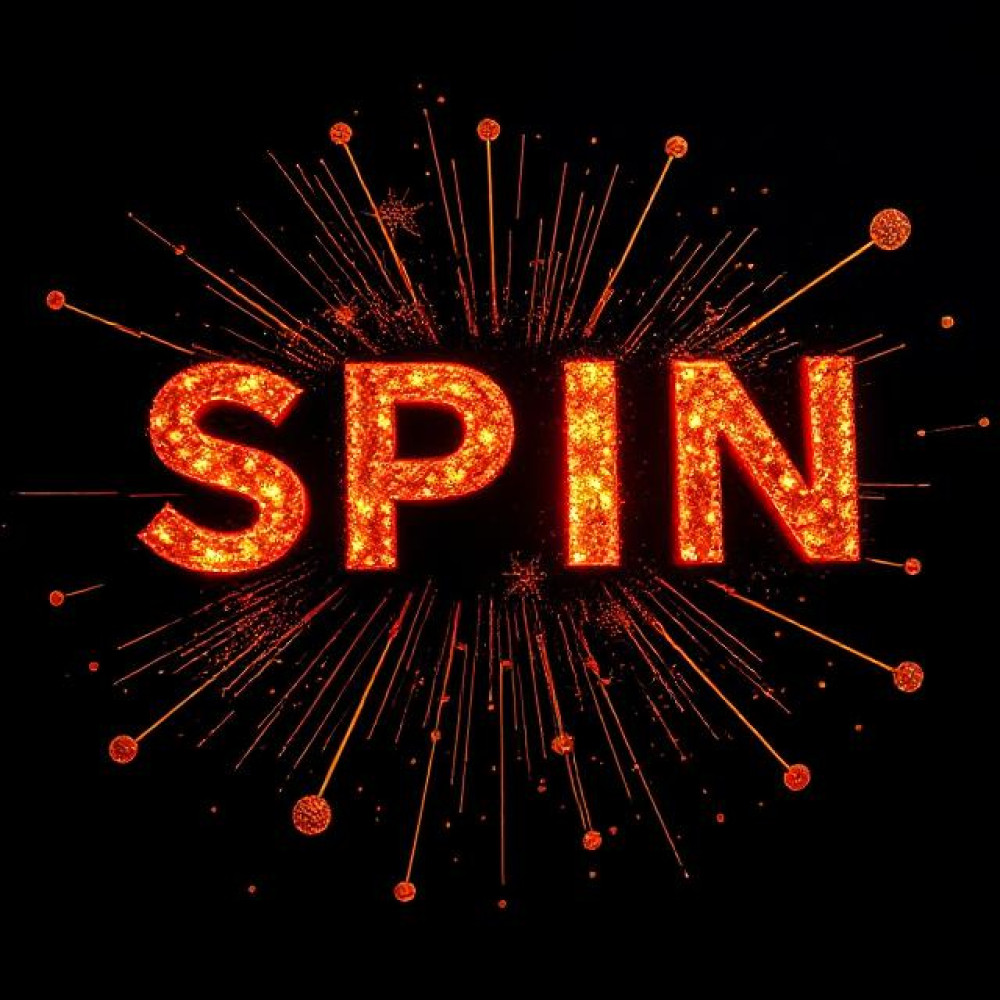Selling Systems Revisited:
Choosing the Right Framework for Your Sales Team

Sales has never been a free-for-all. For decades, organizations have sought ways to create repeatable, scalable approaches to turning prospects into customers. From the classic qualification checklists of the 1970s to today’s more nuanced consultative and challenger methodologies, selling systems have defined how salespeople are trained, measured, and managed.
But as products, markets, and buyer expectations evolve, many sales leaders are asking: which systems still work, which are outdated, and which fit best with my specific type of business?
This article takes a comprehensive look at the most influential sales methodologies, their strengths and weaknesses, and the contexts where they thrive.
A Brief History of Selling Systems
- 1960s–1970s: Qualification and Control. Early frameworks like BANT (Budget, Authority, Need, Timing) emerged to help salespeople focus on prospects who could actually buy.
- 1980s–1990s: Consultative and Solution Selling. As markets became more competitive, methodologies like SPIN and Solution Selling emphasized understanding customer problems rather than pushing features.
- 2000s–2010s: Challenger and Insight Selling. With information abundant online, salespeople had to deliver unique perspectives and guide customers toward new ways of thinking.
- 2020s: Hybrid and Adaptive Selling. Today, most organizations borrow elements from multiple systems, tailoring them to industry, product, and customer expectations.
The Major Selling Systems
1. BANT (Budget, Authority, Need, Timing)
- Core Idea: Qualify fast by checking if the buyer has the money, the decision-making power, a real need, and urgency.
- Pros: Efficient for transactional sales and high-velocity pipelines. Reduces wasted time on non-buyers.
- Cons: Oversimplifies modern buying committees. Many enterprise deals require nurturing even before budget exists.
- Best Fit: SMB sales, transactional products, early-stage SDR qualification.
2. SPIN Selling (Situation, Problem, Implication, Need-Payoff)
- Core Idea: Success comes from asking questions that uncover pain and link your solution to financial or emotional payoff.
- Pros: Excellent for complex, consultative sales. Builds credibility and trust.
- Cons: Can feel slow or overly academic. Reps need training and discipline to execute properly.
- Best Fit: Professional services, enterprise SaaS, high-ticket consultative sales.
3. Solution Selling
- Core Idea: Position your offering as the solution to the customer’s unique challenges.
- Pros: Customer-centric, adaptable across industries.
- Cons: In crowded markets, every vendor claims to be a “solution provider.” Without differentiation, it becomes noise.
- Best Fit: Customizable offerings like software, engineering services, or complex equipment.
4. The Challenger Sale
- Core Idea: Teach, tailor, and take control. Challenge the customer’s assumptions with insights and push for change.
- Pros: Highly effective in competitive markets where buyers are stuck in status quo thinking.
- Cons: Requires confident, skilled reps who can challenge without alienating. Risky with conservative industries.
- Best Fit: SaaS, disruptive technologies, industries undergoing transformation.
5. MEDDIC / MEDDPICC
- Core Idea: Qualification and forecasting framework emphasizing Metrics, Economic buyer, Decision criteria, Decision process, Identify pain, Champion, and Competition.
- Pros: Superb for enterprise deals with long cycles. Improves forecast accuracy.
- Cons: Can be cumbersome for smaller sales cycles. Requires deep account mapping.
- Best Fit: Enterprise technology, capital-intensive B2B, government contracts.
6. Sandler Selling System
- Core Idea: Establish upfront contracts, qualify rigorously, and use a consultative, psychology-driven approach.
- Pros: Strong at managing expectations and preventing wasted cycles.
- Cons: Can feel rigid or overly scripted if not adapted.
- Best Fit: Mid-market B2B sales where trust and long-term relationships matter.
7. SNAP Selling
- Core Idea: Make it Simple, align with buyer needs, ensure your solution is a priority, and communicate value clearly.
- Pros: Ideal for time-pressed buyers. Streamlines messaging and positioning.
- Cons: Lacks depth for complex enterprise sales.
- Best Fit: SaaS, subscription products, and SMB technology sales.
Comparing the Systems
- For speed and efficiency: BANT, SNAP.
- For complex consultative deals: SPIN, Solution Selling, MEDDIC.
- For competitive/disruptive industries: Challenger.
- For long enterprise cycles: MEDDIC, Sandler.
No single framework is “the winner.” The best sales organizations often blend elements: use BANT for SDR qualification, SPIN during discovery, Challenger to differentiate, and MEDDIC for forecasting.
Modern Adaptations
Today’s buyers are more informed than ever, often 60–70% through their research before talking to sales. That means old-school “feature dumping” or strict qualification can backfire. Leading teams adapt systems to:
- Digital-first engagement: Social selling, video outreach, and digital demos.
- Buying committees: Mapping multiple stakeholders rather than one “decision-maker.”
- Data-driven coaching: Using CRM insights to reinforce system discipline.
Final Thoughts
Sales methodologies aren’t fads — they’re toolkits. The question isn’t which one is right universally, but which elements align with your business model, market, and culture.
A startup selling $5,000 SaaS subscriptions needs agility and speed; a global manufacturer selling $5 million machinery needs rigor and forecasting accuracy. The danger isn’t choosing the wrong system, it’s clinging to one system dogmatically.
The most effective sales leaders teach their teams to think adaptively, drawing from SPIN when discovery is needed, Challenger when urgency must be created, and MEDDIC when navigating a complex deal. In short: The winning sales methodology in 2025 is not one system at all, it’s the art of integration.